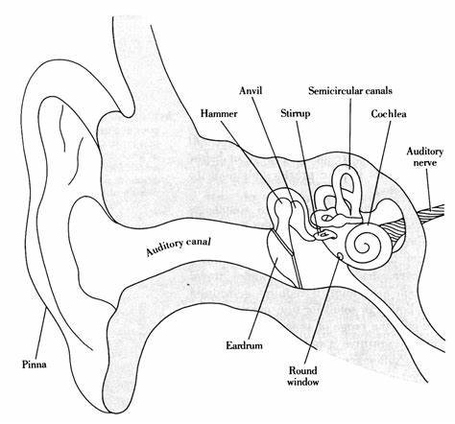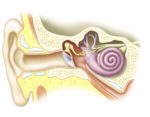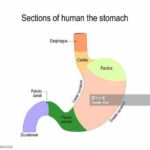The Anatomy of the Human Ear
The human ear is a complex organ that serves two primary functions: hearing and maintaining balance. It consists of three main parts: the outer ear, the middle ear, and the inner ear.
1. Outer Ear
The outer ear, also known as the auricle or pinna, is the visible part of the ear that projects from the side of the head. It is made up of cartilage and skin and comes in various shapes and sizes. The outer ear also includes the ear canal, which starts at the auricle and ends at the eardrum. The ear canal is approximately an inch long, with the outer one-third made of cartilage and the inner two-thirds made of bone. The primary function of the outer ear is to collect sound waves and guide them to the eardrum.
2. Middle Ear
The middle ear is an air-filled cavity located in the temporal bone. It houses the eardrum, also known as the tympanic membrane, and three tiny bones known as the auditory ossicles. These bones, named the malleus (hammer), incus (anvil), and stapes (stirrup), conduct sound from the eardrum to the inner ear.
3. Inner Ear
The inner ear, also known as the labyrinth, is a complex system of fluid-filled passages and cavities located deep within the temporal bone. It consists of two functional units: the vestibular apparatus and the cochlea. The vestibular apparatus, which includes the vestibule and semicircular canals, maintains balance and coordinates head and eye movements. The cochlea, on the other hand, is responsible for hearing. It contains the sensory organ of hearing, which is a highly specialized ending of the eighth cranial nerve, also known as the vestibulocochlear nerve.
Conclusion
The human ear is a marvel of biological engineering, capable of detecting a wide range of sounds and helping us maintain our balance. Its intricate design and function are a testament to the complexity and sophistication of human anatomy. Understanding its structure and function is not only crucial for medical professionals but also enhances our appreciation of the human body’s capabilities..



